
Review on 📡 HiLetgo ESP32 OLED WiFi Kit - Internet Development Board for Arduino ESP8266 NodeMCU with 0.96 Inch Blue OLED Display, WiFi, Bluetooth, and CP2012 by Melissa Anderson

Good esp32 board, like OLED display
The ESP32 OLED Development Board is suitable for experimenting and developing projects based on esp32. The built in display makes it easy to view status information without relying on stupid LEDs or trying to hook up an external display. Summary Pros - good display, reasonable price, faster than 8266 boards, 32MB flash. Cons: Difficult to set headers. In the vicinity of the display cable, the WLAN signal is slightly weaker than with other WLAN cards. This board was developed by the Chinese company Heltec. The model number listed below is HTIT-WB32 (aka WIFI_Kit_32). There is also a version of this board that includes LORA for long-distance, low-data-rate communications, also sold by HiLetgo. The pens come with the pen marker stickers in the box. I prefer to uninstall the connectors so I can solder the wires directly for permanent projects. The soldering of the connector on the underside of the circuit board must be done carefully, as the ribbon cable of the display can be easily damaged. It would be better to insert a thin piece of cardboard or other insulating material between the connector and the ribbon cable when soldering. The CPU is clocked at 240MHz with 32MB Flash which is a decent upgrade over the esp8266. I found that the WiFi and display libraries take up about 45% of the flash memory (most of it is used by WiFi). However, very little is left, assuming you don't need other large libraries. The physical size is very close to 1 x 2 x 0.4 inches including all ports and components. It weighs less than ten grams with no connector pins connected. Power consumption depends on how much it transfers, how the display is used, how many GPIO lines are involved, etc. I got 150mA (USB powered) with about half lit screen measured. when receiving Wi-Fi and there are no additional peripherals on the I / O pins. The 0.96-inch display is bright and easy to read in all conditions except direct sunlight (which is still readable, but more difficult). I found the wifi reception a bit worse than esp8266 boards. I have used in the past. It still works well, but you may have a slightly shorter range. As far as I can tell, the received signal is 4-8 dB lower than other breadboards with built-in PCB antennas. The micro USB port powers and programs the device. The port can be used for normal USB serial communications. There is also a JST battery connector for powering from typical LiPO batteries. Programming was easy with the Arduino IDE. You need to install Oliver's U8g2 display library and enter espressif's esp32 board manager url. I followed robotzero's Arduino IDE setup instructions for the Heltec 32 Wi-Fi kit and had no problems (link in the product description). I've used this environment before, so it might be harder for a beginner than it was for me. I haven't had any problems so far, everything works as expected. This is a good little board.
- Everything is great!
- Expensive
New products
Comments (0)
Top products in 🖥️. Single Board Computers
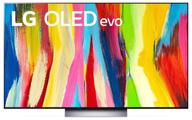
55" TV LG OLED55C2RLA 2022 HDR, OLED, dark titanium

38 Review
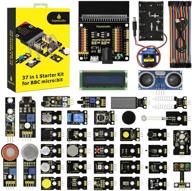
🎁 Ultimate BBC Micro bit Sensor Starter Kit: Keyestudio 37-in-1 Box with Tutorial, Compatible with V1.5 & V2, Gift for Kids and Adults (Microbit Board Not Included)

11 Review
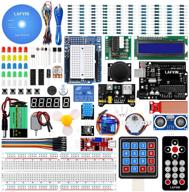
LAFVIN Super Starter Kit for Arduino R3 Mega2560 Mega328 Nano with Detailed Tutorial - Compatible with Arduino IDE

11 Review

Vilros Raspberry Pi 4 4GB Complete Starter Kit - Black Fan-Cooled Aluminum Case for Heavy-Duty Performance

12 Review
Another interesting products
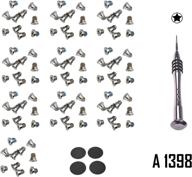
🔧 Premium Repair Replacement Screws & Tools for MacBook Pro Retina 15"/13" - Complete Bottom Case Set

10 Review
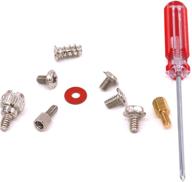
Glarks 660 Pieces Phillips Assortment Motherboard

10 Review
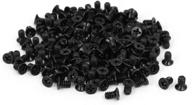
uxcell 3.5" HDD Screw Black 200pcs for Computer PC Case - Flat Phillips Head - 6#-32 - Hard Drive Fasteners

10 Review
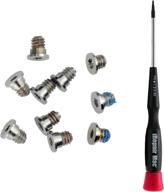
MacBook Retina 13-inch (A1425, A1502) and 🔩 15-inch (A1398) Bottom Case Screw Set with Pentalobe Screwdriver

11 Review

